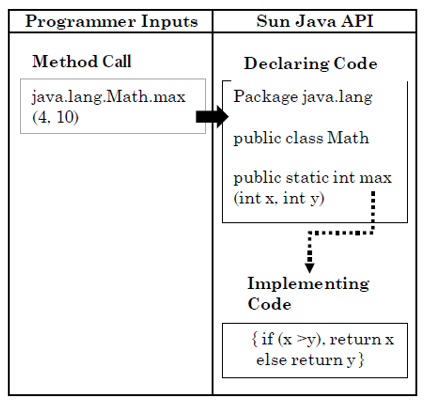Google vs. Oracle: the final verdict
The decade-long copyright infringement litigation has reached the final chapter on April 5th, where the Supreme Court of the United States (SCOTUS) has issued its opinion, ruling that Google’s unauthorized use of around 11,500 lines of declaring codes embodied in 37 packages of APIs constituted fair use of copyrighted work, therefore non-infringement.
Justice Breyer delivered the majority opinion of the Court, with an “intense” dissent from Justice Thomas joined by Justice Alito.
The case was previously trialed in District Court for the Northern District of California (2010 – 2014, non-infringement), appealed in Federal Circuit (2014-2018, infringement), and now SCOTUS (2018 – 2021, non-infringement).
Java platform for computer programming allows programmers to write programs that “run on different types of computer hardware without having to rewrite them for each different type”.
Java Application Programming Interface (API) is a collection of “pre-written Java source code programs for common and more advanced computer functions”. To include a particular function in a program, the programmer invokes the Java “declaring code”, and “implementing code”, which takes the input(s) and gives the computer step-by-step instructions to carry out the declared function.
Oracle filed a copyright litigation in 2010 claiming that Google’s unauthorized use of Oracle Java API packages in its Android operating system infringed Oracle’s copyrights.

Diagram made by SCOTUS
SCOTUS bypass the issue of copyrightability, assuming the copied lines are copyrightable, ruling that Google’s use constitute fair use.
The four factors test for fair use were applied: the purpose and character of the use; the nature of the copyrighted work; the amount and substantiality of the portion used in relation to the copyrighted work as a whole; and the effect of the use upon the potential market for or value of the copyrighted work.
1. The nature of the work
The lined copied are part of user interference, which allows the programmers to access the prewritten codes with simple commands (without needing to rewrite all the lines necessary to execute).
Therefore, such codes are inherently different from other codes that actually instruct the computer to execute an instruction.
The value of the copied lines is highly derived from the efforts of programmers who spent times and costs to learn the language instead of the codes itself. Thus this factor favors fair use.
2. The purpose and character of the use
This factor would highly be decided by whether the use is transformative (whether the use adds something new, with a further purpose or different character). SCOTUS says yes.
Google copied the lines which allowed programmers to code with part of its acquired skills in a different platform.
And “Google’s purpose was to create a different task-related system for a different computing environment (smartphones) and to create a platform that would help achieve and popularize that objective” and therefore “consistent with that creative progress that is the basic constitutional objective of copyright itself”.
3. The amount and substantiality of the portion used in relation to the copyrighted work as a whole
Google’s copied lines (11,500 lines) are only 0.4% of the total lines of APIs. This factor weighs in favor of fair use.
4. The effect of the use upon the potential market for or value of the copyrighted workSCOTUS reached that Android platform is not a market substitute for JAVA, and enforcing copyright might risk causing a lock-in effect and letting Oracle to acquire monopoly in the market.
The SCOTUS also express that applying tradition copyright concepts in technological industry, therefore in reaching this opinion, the court does not overturn or modify its earlier cases involving fair use.
Justice Thomas dissented that “By copying Oracle’s work, Google decimated Oracle’s market and created a mobile operating system now in over 2.5 billion actively used devices, earning tens of billions of dollars every year. If these effects on Oracle’s potential market favor Google, something is very wrong with our fair-use analysis”.
Justice Thomas also dissented that the majority transforms the definition of “transformative”, at least for computer code, into “a use that will help others “create new products”. And this new definition “eviscerates copyright”.


